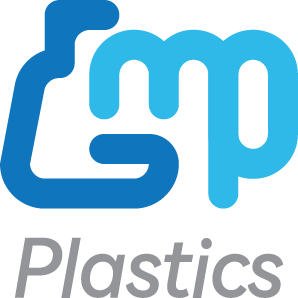Understanding ISO Cleanrooms
In the world of laboratory plastics manufacturing, maintaining a controlled and sterile production environment is paramount. Cleanrooms are specialized environments designed to minimize contamination and ensure the highest levels of product integrity. The International Organization for Standardization (ISO) standard 14644-1:2015 classifies cleanrooms based on the number of allowable airborne particles per cubic meter, with ISO 1 being the cleanest and ISO 9 being the least stringent.
ISO Cleanroom Classifications
| ISO Class | Maximum Particles per Cubic Meter (≥0.5 μm) | Typical Application |
|---|---|---|
| ISO 1 | 10 | Semiconductor manufacturing |
| ISO 2 | 100 | Advanced electronics |
| ISO 3 | 1,000 | Pharmaceutical compounding |
| ISO 4 | 10,000 | Aerospace components |
| ISO 5 | 100,000 | Sterile pharmaceutical production |
| ISO 6 | 1,000,000 | Injectable drug manufacturing |
| ISO 7 | 352,000 (per cubic meter) | Laboratory plastics manufacturing |
| ISO 8 | 3,520,000 | General clean manufacturing |
| ISO 9 | 35,200,000 | Controlled industrial environments |
ISO 7 Cleanrooms: The Standard for Laboratory Plastics
For manufacturers of laboratory plastics, including petri dishes, centrifuge tubes, and serological pipettes, an ISO 7 cleanroom is the industry standard. ISO 7 cleanrooms maintain an environment with a maximum of 352,000 particles per cubic meter of air, significantly reducing the risk of particulate contamination. This level of cleanliness is critical for ensuring the sterility and reliability of plastics used in research and clinical applications.
How Cleanrooms Control Nuclease and DNA Contamination
One of the primary concerns in manufacturing laboratory plastics is preventing contamination from nucleases (DNase and RNase) and extraneous DNA. Even trace amounts of these contaminants can compromise experimental results, leading to erroneous data and failed studies.
To address these concerns, ISO 7 cleanrooms implement the following measures:
-
High-efficiency particulate air (HEPA) filtration to trap airborne particles and biological contaminants.
-
Strict personnel protocols, including the use of cleanroom suits, gloves, and masks to minimize human contamination.
-
Rigorous surface decontamination using validated cleaning agents that break down DNA and nucleases.
-
Controlled air pressure differentials to prevent outside contaminants from entering the cleanroom environment.
Why Clean Manufacturing Matters for Lab Plastics
Laboratory plastics are used in sensitive applications, from molecular biology to pharmaceutical research. If these plastics are not produced in a cleanroom setting, they can introduce contaminants that compromise research integrity. Manufacturing in an ISO 7 cleanroom ensures:
-
Consistency and reliability in experimental outcomes.
-
Reduced risk of sample contamination, preserving the integrity of DNA, RNA, and protein studies.
-
Compliance with industry regulations, reassuring customers that products meet the highest standards of quality.
Beyond ISO 7: Higher Standards for Specialized Applications
While ISO 7 cleanrooms are standard for most laboratory plastics, some applications demand even higher cleanliness levels. For example, PCR plastics used in forensic and clinical diagnostics may require production in an ISO 5 cleanroom to minimize the risk of DNA contamination.
Commitment to Quality
As a laboratory plastics distributor, our commitment to quality starts with our cleanroom environment. By adhering to ISO cleanroom standards, we ensure that every product we manufacture meets the highest level of purity and reliability, giving scientists confidence in their results. Whether for basic research or high-stakes clinical applications, clean manufacturing processes make all the difference in laboratory plastics.
ISO cleanrooms play a crucial role in laboratory plastics manufacturing, particularly in preventing nuclease and DNA contamination. By producing plastics in an ISO 7 cleanroom, manufacturers can guarantee high-quality, contamination-free products for research and clinical applications. Investing in clean manufacturing is not just about meeting regulatory standards—it’s about ensuring the success and integrity of scientific discoveries.




